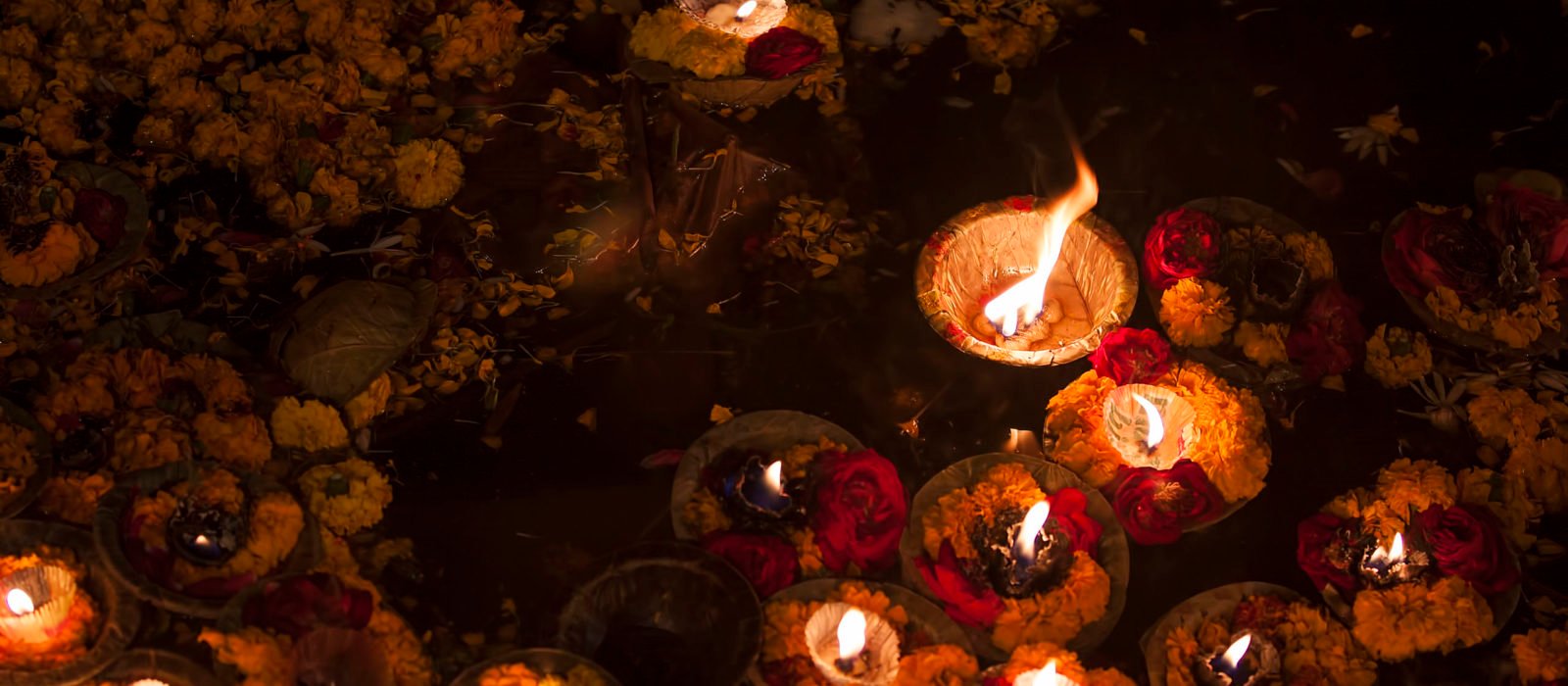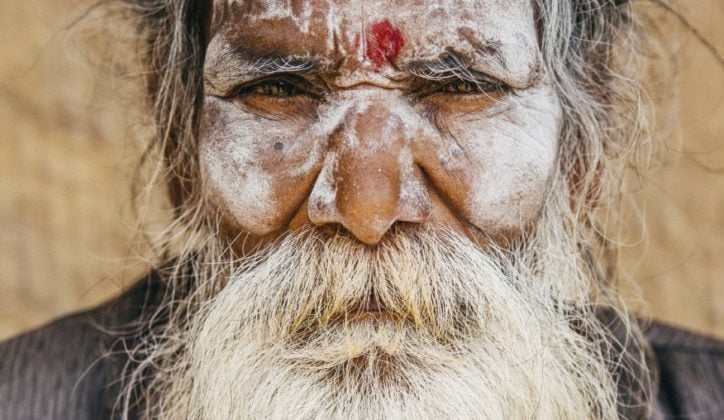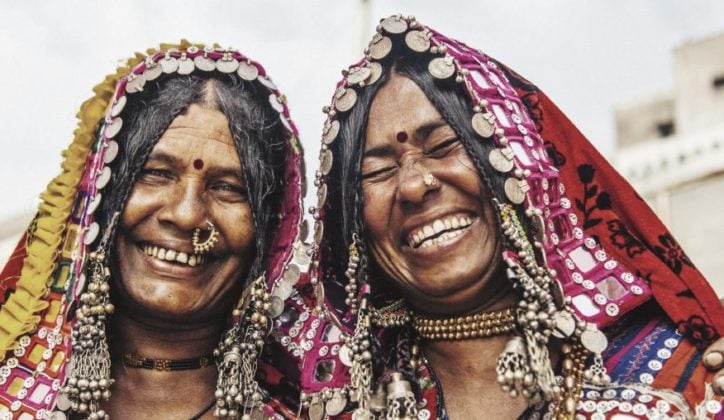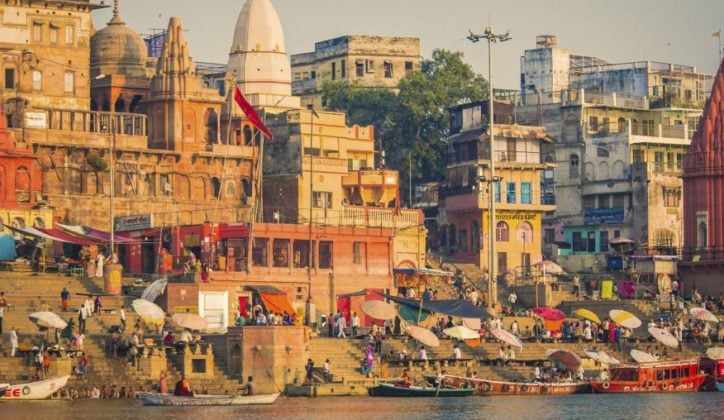Published on: November 7th, 2018
Last modified: July 28th, 2023
India is a melting pot of colours, sounds and smells - there’s nowhere else on Earth quite like it.
Home to over one billion people, India is an immense nation of cultural diversity, and that means it offers an endless amount of cultural experiences to visitors.
From celebrating Diwali in Varanasi - the spiritual capital of the North - to exploring Fort Cochin’s folklore in the South, these are some of the best cultural experiences in India.

Light candles in Varanasi
Varanasi, India’s holiest city for both Hindus and Jains, is steeped in ancient history. The colourful stone city houses 84 iconic ghats, or stone embankments, that lead into the river. Most are filled with scores of pilgrims from across India, whilst some are reserved solely for cremations. Visiting Varanasi is an overwhelming experience for the senses, but it’s one that is truly unforgettable. The spiritual capital of the North earns its name from the impressive Ramnagar Fort and its 23,000 other temples. The cultural experience continues along Varanasi’s winding alleyways, as streets are lined with stalls selling fine silks, carpets and crafts.
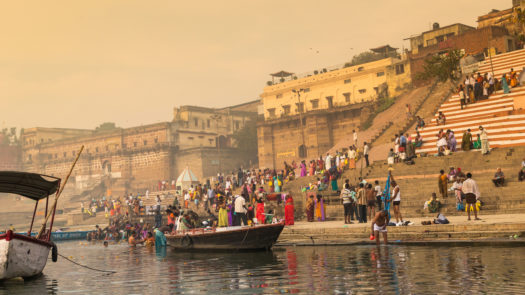
Thousands of pilgrims descend on Varanasi’s riverbanks to pay their respects to the holy river Ganges, and joining in with the devotion is a magical experience. When the sun begins to set, take a boat ride on the River Ganges for the evening aarti prayer. The evening aarti prayer is a devotional ceremony, where waving lighted candle wicks before deities is thought to infuse them with love, energy and blessings. You can fully immerse yourself by floating your own lamps down the river. Sometimes referred to as the ‘ceremony of light,’ this prayer is particularly special during the Diwali period (which falls in October or November each year), when thousands of candles light the banks of the Ganges.
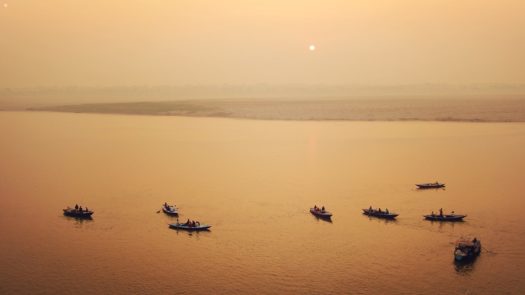
To delve deeper into Varanasi’s delightful world, visitors can accompany a local expert on a walking tour through the old city. You’ll be able to learn all about the back alleys, old havelis, temples, street vendors and pilgrims that line the banks of the Ganges. For an insight into Buddhism, head onwards to Sarnath, where Buddha is believed to have delivered his first sermon to the five companions he sought enlightenment with. You can spend time exploring ancient stupas or visiting the informative on-site museum.
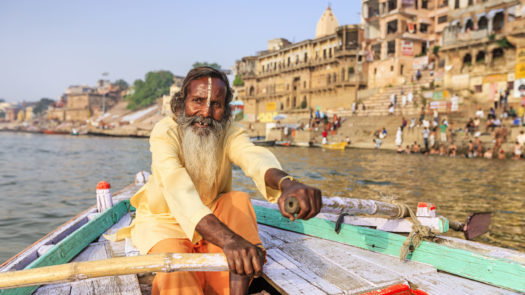

Visit the Golden Temple in Amritsar
Devotional city Amritsar is the centre of the Sikh faith and home to the magnificent Harmandir Sahib, or Golden Temple – the largest Sikh temple in the world. Amritsar’s name, meaning ‘pool of water,’ comes from the holy water pool at the centre of this sacred structure. This city epitomises Sikh culture and heritage; Sikhs from across the world make the pilgrimage to take a dip in the Golden Temple’s holy waters. If you visit in the early morning, you’ll be rewarded with the out of this world view of the sun gently rising over the temple’s golden exterior. Taking a few moments here for some quiet contemplation before the crowds arrive is the perfect way to start any morning.
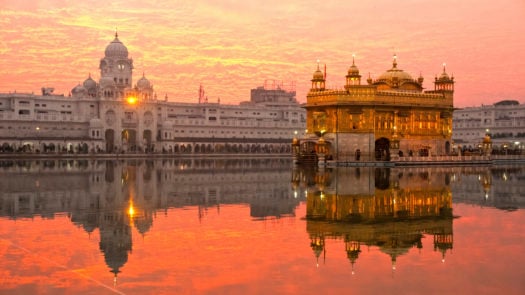
In the afternoon, you can dine in the Langar hall – or community kitchen – which serves wholesome vegetarian meals prepared by volunteers. Over 80,000 people are fed free meals here each day, regardless of class, caste, gender or faith. When evening arrives, the Golden Temple is once again basked in a golden glow of light. The temple is a breathtaking sight in the evening, as the fully illuminated buildings are reflected in the waters of the holy pool. For the chance to learn about this fascinating religion, stick around for the Palki Sahib ceremony, where the holy book, Guru Granth Sahib, is carried by visitors, pilgrims and members of the congregation to its resting place.
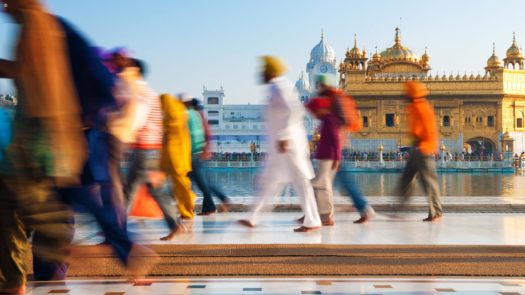

Wander through Rajasthan's forts
Jaipur
Rajasthan’s pink capital Jaipur is home to some of the state’s most majestic palaces. A testament to a bygone era, Rajasthan’s largest city is one of India’s most fascinating cultural destinations. All buildings in the city were painted the same shade of terracotta pink – the colour representing hospitality – in 1876 when the Maharaja ordered this in anticipation of Prince Albert’s tour of India. Today, Jaipur’s City Palace is an incredible terracotta maze that travellers can spend hours getting blissfully lost in.
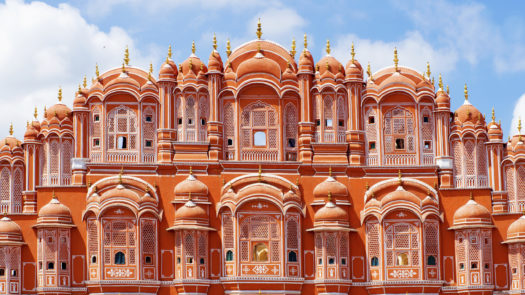
The facades of the impressive City Palace are a blend of Rajput and Mughal styles of architecture. Travellers can visit several museums housed within the palace, including a textile gallery showcasing selected textiles and costumes from the royal collection. Jacada travellers will also be able to enjoy an intimate tour of the ceremonial rooms and private quarters, usually off limits to the public.
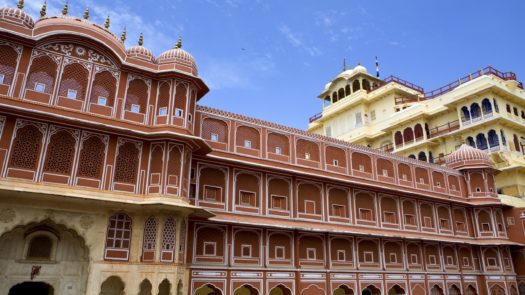
Amber Fort, located in Jaipur’s ancient capital, is also worth visiting. Majestic walls line the Rajasthani hillsides, and the whole building is awash with sandstone red. It is an extremely well preserved building, so visiting the Jagmandir (also known as the Hall of Victory), the Jai Mahal and Temple of Kali makes you feel as though you have travelled back in time. After you have perused the Amber Fort, you can meander through Amber’s cobbled streets to arrive at the Anokhi Museum of Hand Printing. Here, witness the incredible hand block printing method that results in incredible designs appearing on cotton and silk.
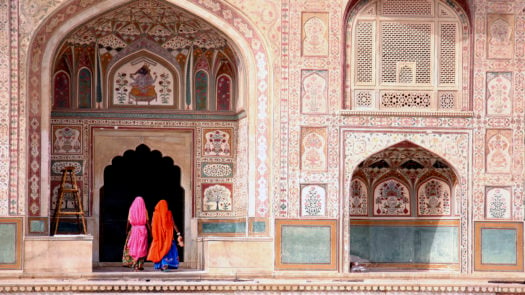
Udaipur
Udaipur is a romantic city, with several grand palaces sitting near pristine lakes. This city’s incredible location matched with its rich history and culture make it one of India’s must-see destinations. Brimming with ornate architecture, Udaipur is an amalgamation of cultures – Rajasthani, Mughal, European and Chinese traditions have all made their mark on Rajasthan’s most scenic city.
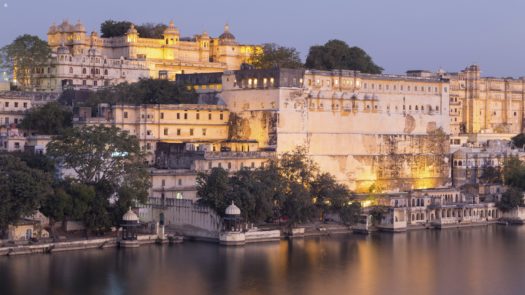
Udaipur’s City Palace is one of Rajasthan’s architectural wonders. The many towers, domes and arches here are a blend of styles, including Mughal and Rajput. The royal family claim to be ‘surya vansh,’ or descendants of the sun, so the whole building faces east. Inside the palace, visitors can discover an interesting collection of miniature Rajput paintings and an eccentric collection of art and furniture.
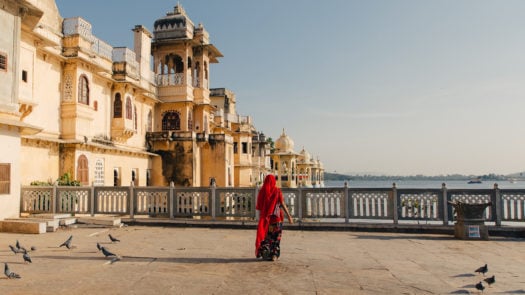
Jodhpur
The blue city of Jodhpur is filled with hundreds of bright blue houses lining labyrinthine streets. Rainbow-coloured hues of saris flitting through bustling spice bazaars provide an insight into authentic India. Overlooking the incredible city is the imposing Mehrangarh Fort. This vast complex of Rajasthan’s most beautiful palaces is one of the most intricate across India. Grand gates bear the marks of numerous failed sieges, and the fort’s museum holds an impressive array of arms, costumes and artwork from the Marwar kingdom’s glory days.
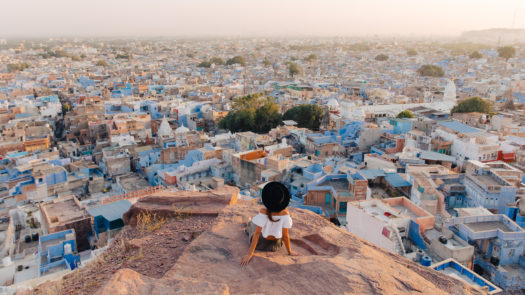
Visitors wanting to explore Jodhpur’s exquisite streets can head on a Blue City heritage walk. Wander through residential areas inhabited by Brahmins as well as bustling bazaars housing everything from craftsmen to sword makers to perfumeries. You’ll also be able to visit the Kishanji Temple – dedicated to the Lord Shiva – that is famous for garland makers and sweet shops.
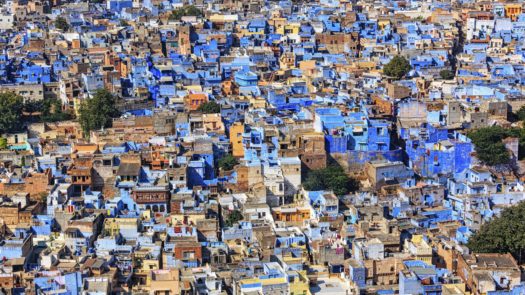

Visit Agra and the Taj Mahal
The Taj Mahal is India’s most iconic structure and the perennial symbol of eternal love. Heartbroken after the death of his favourite wife, Mumtaz Mahal, Shah Jahan began building this intricate monument in her honour. Building the Taj Mahal was a painstaking process, with more than 22,000 men taking over 22 years to complete the marble masterpiece. The Taj Mahal is at the top of most people’s’ bucket lists, and with good reason: seeing its beauty up close is simply astounding. One of the best times to visit the Taj Mahal is at sunrise or sunset, when the Wonder of the World basks in an ethereal golden glow.
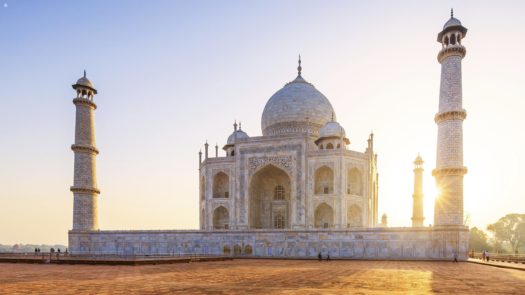

Uncover heritage in Fort Cochin
Near India’s southernmost tip, Fort Cochin is a quaint coastal region steeped in colonial history. Located in the leafy state of Kerala, Fort Cochin is a beautiful place to spend a few days of quiet relaxation. This town feels slightly removed from traditional India, as Portuguese, Dutch and British colonial influences have all made their mark on the town. Fort Cochin is bustling and relaxed all at once and the 10 metre tall Chinese fishing nets lining the seafront are one of its most iconic sights. The food in this seaside town is distinctly based on fresh seafood; fishermen haul catches straight from the sea, which are then quickly snapped up by passers by.
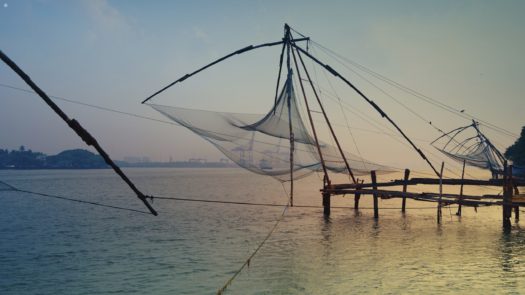
Walking through Cochin’s Heritage Zone is a great way to get a cultural insight into a bygone era. The architecture dotted around the city reflects the many foreigners who came to settle here in times gone by. The Santa Cruz Cathedral and St Francis Church, built in 1503, are unmistakably Portuguese. If you wander the rest of the city’s streets, you’ll also notice Dutch and British influences, such as the Dutch Palace.
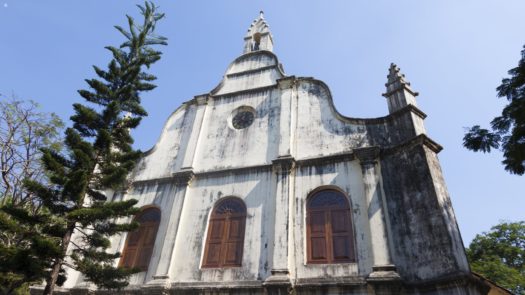
Travellers can continue exploring Fort Cochin’s heritage with a traditional Kathakali dance performance. Translating as ‘story play,’ Kathakali is a Keralan dance style based on the re-telling of myths and legends. Kathalaki is a dance form well known for its elaborate costumes and heavy make up, so if you arrive at the show early you may be able to catch the performers transforming themselves into mythical creatures.
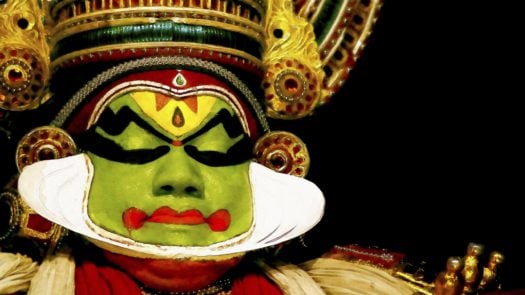
Our favourite India trips for culture and heritage...
Feeling inspired? Get in touch with one of our expert travel designers to start planning your cultural trip to India.
